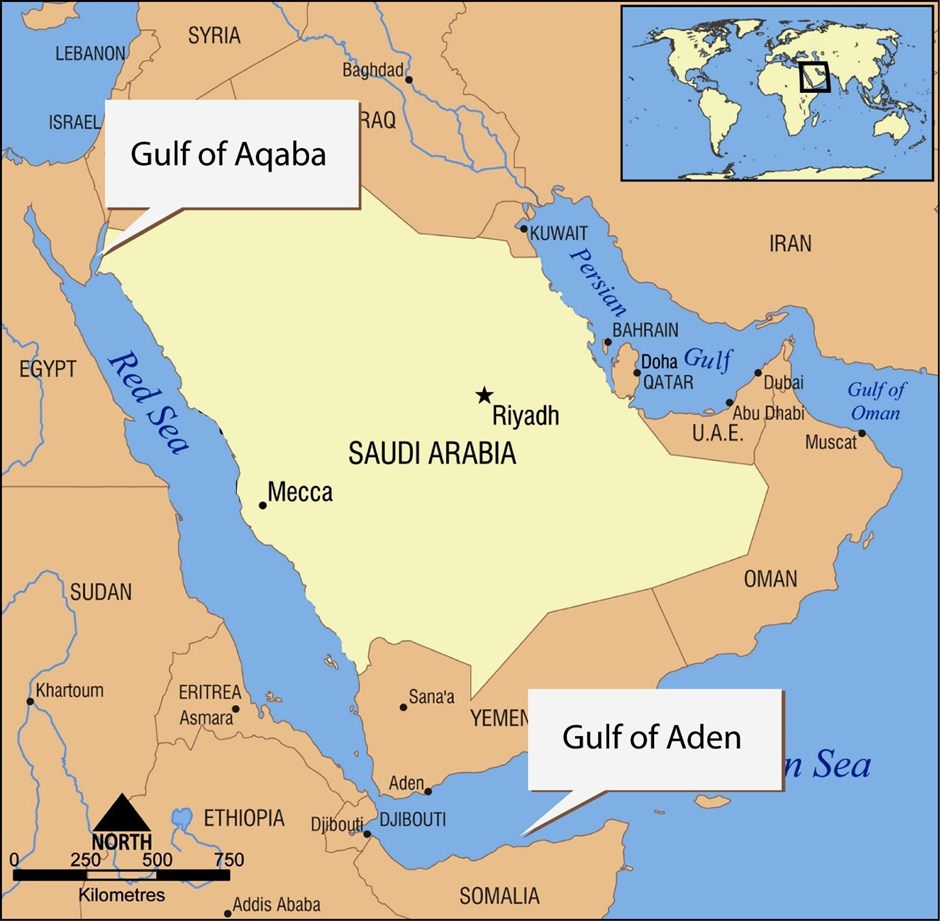Chipko Movement
Chipko
Movement
Why
in News
Recently,
Sunderlal Bahuguna, the Gandhian who was the driving force behind the Chipko
movement died due to Covid-19.
Chipko
Movement:
*
The Chipko Movement, an
iconic environmental conservation movement that took root in the Himalayan
region of India, has etched its name in history as a prime example of
grassroots activism for ecological protection.
*
Emerging from the heart
of rural communities, the movement resonated with a powerful message of
environmental stewardship and sustainable development.
*
It was a non-violent
agitation which originated in Uttar Pradesh’s Chamoli district (now
Uttarakhand) in 1973.
*
The name of the movement
‘chipko’ comes from the word ’embrace’, as the villagers hugged the trees and
encircled them to prevent being hacked.
*
It is best remembered for
the collective mobilisation of women for the cause of preserving forests, which
also brought about a change in attitude regarding their own status in society.
*
It’s biggest victory was
making people aware of their rights to forests, and how grassroots activism can
influence policy-making regarding ecology and shared natural resources.
*
It led to a ban on
commercial felling of trees above 30 degrees slope and above 1,000 msl (mean
sea level) in 1981.
Sunderlal
Bahuguna

*
He was an Indian
environmentalist and Chipko movement leader.
*
The idea of the Chipko
movement was suggested by his wife and him.
*
He fought for the
preservation of forests in the Himalayas, first as a member of the Chipko
movement in the 1970s, and later spearheaded the anti-Tehri Dam movement from
the 1980s to early 2004.
*
He was one of the early
environmentalists of India,and later he and others associated with the Chipko
movement and started taking up wider environmental issues, such as being
opposed to large dams


Comments
Post a Comment